Newsdesk Archive

Official figures from Brazil have shown a big increase in the number of fires in the Amazon region in July compared with the same month last year.

A former British army officer is facing up to 13 years’ imprisonment in Romania for facilitating an ayahuasca ceremony in which the hallucinogenic Amazonian healing medicine was consumed by prominent figures, including the former head of the country’s secret police.
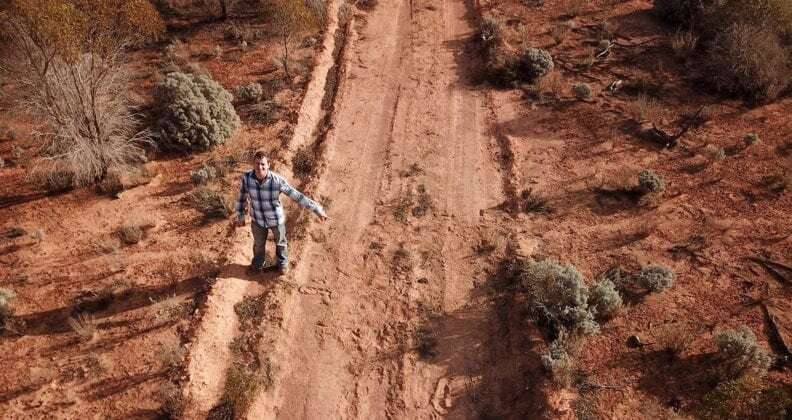
Curtin University researchers have discovered two meteorites in a two week period on the Nullarbor Plain—one freshly fallen and the other from November 2019.

During the Middle Ages, while Europe fought, traded, explored and evolved, Africa was a continent in darkness, 'without history' – or so the traditional western narrative runs. In fact, as François-Xavier Fauvelle reveals, it was a shining period in which great African cultures flourished.
Image from Janetmpurdy (Wikki Commons)

In the video, the man sounds creeped out. “This is too strange for words,” he mutters. He’s holding a plate-size, green foam 8. When upright, it looks to him like an incoherent jumble. But when he rotates it 90°, the shape snaps into focus; it looks like “a mask.”
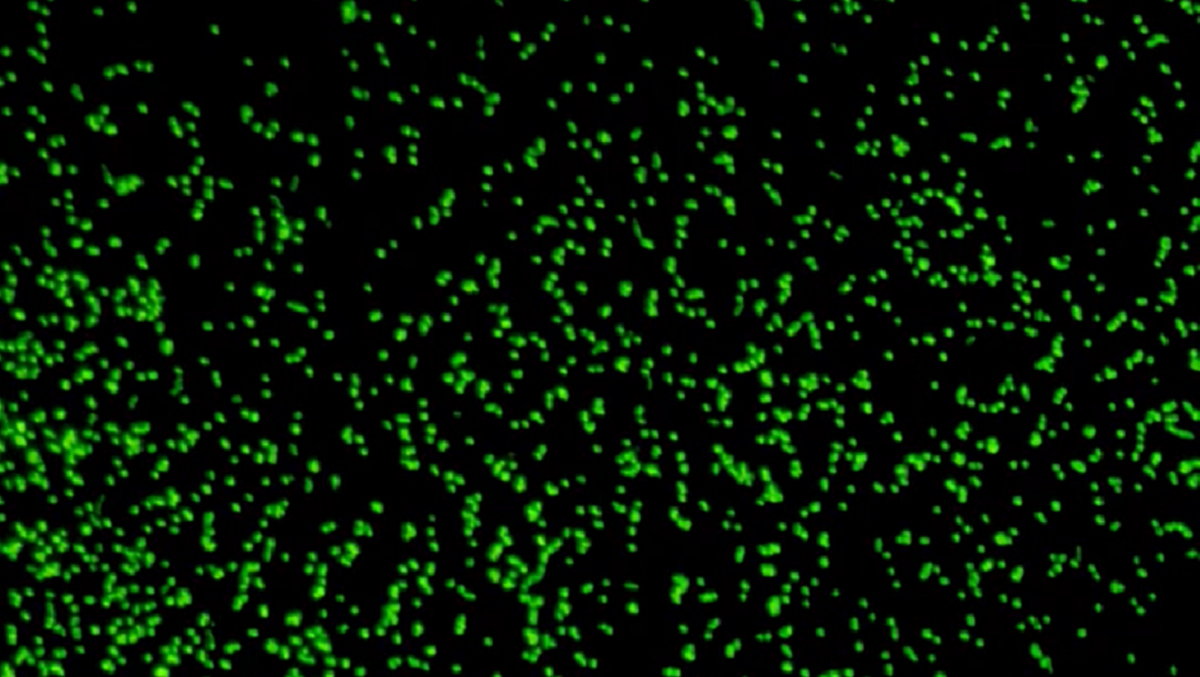
Scientists studying sediments from the Pacific Ocean east of New Zealand have found bacteria that appear to have survived since the time of the dinosaurs.

A new study from the University of Helsinki shows that Indigenous territories represent around 45% of all the remaining wilderness areas in the Amazon, comprising an area of three times the surface of Germany.
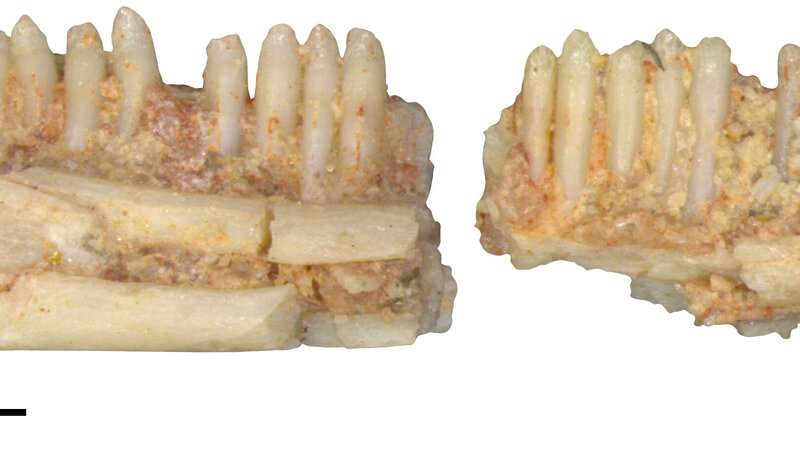
Fossil remains of a novel species of lizard that lived more than 130 million years ago have been found in the north of Minas Gerais, Brazil.

Radhika Lakhani and Vaidehi Vekariya, both studying in 10th grade, were working on a school project when they discovered the asteroid, which they named HLV2514.

A recent study published in Chronic Stress found support for a psychedelic treatment not yet approved in the United States.
Image from Martin420 (Wikki Commons)
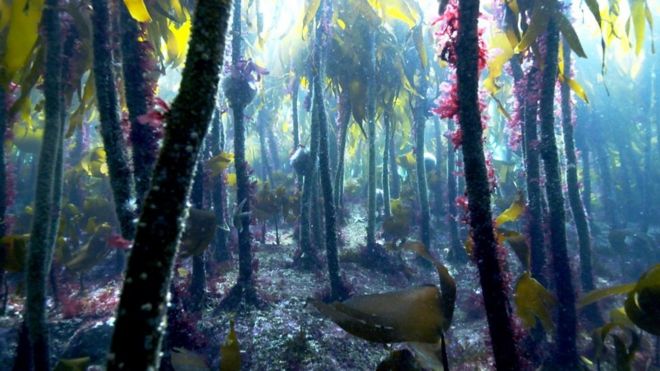
Scientists have discovered kelp off the coast of Scotland, Ireland and France that has survived since the last ice age, around 16,000 years ago.
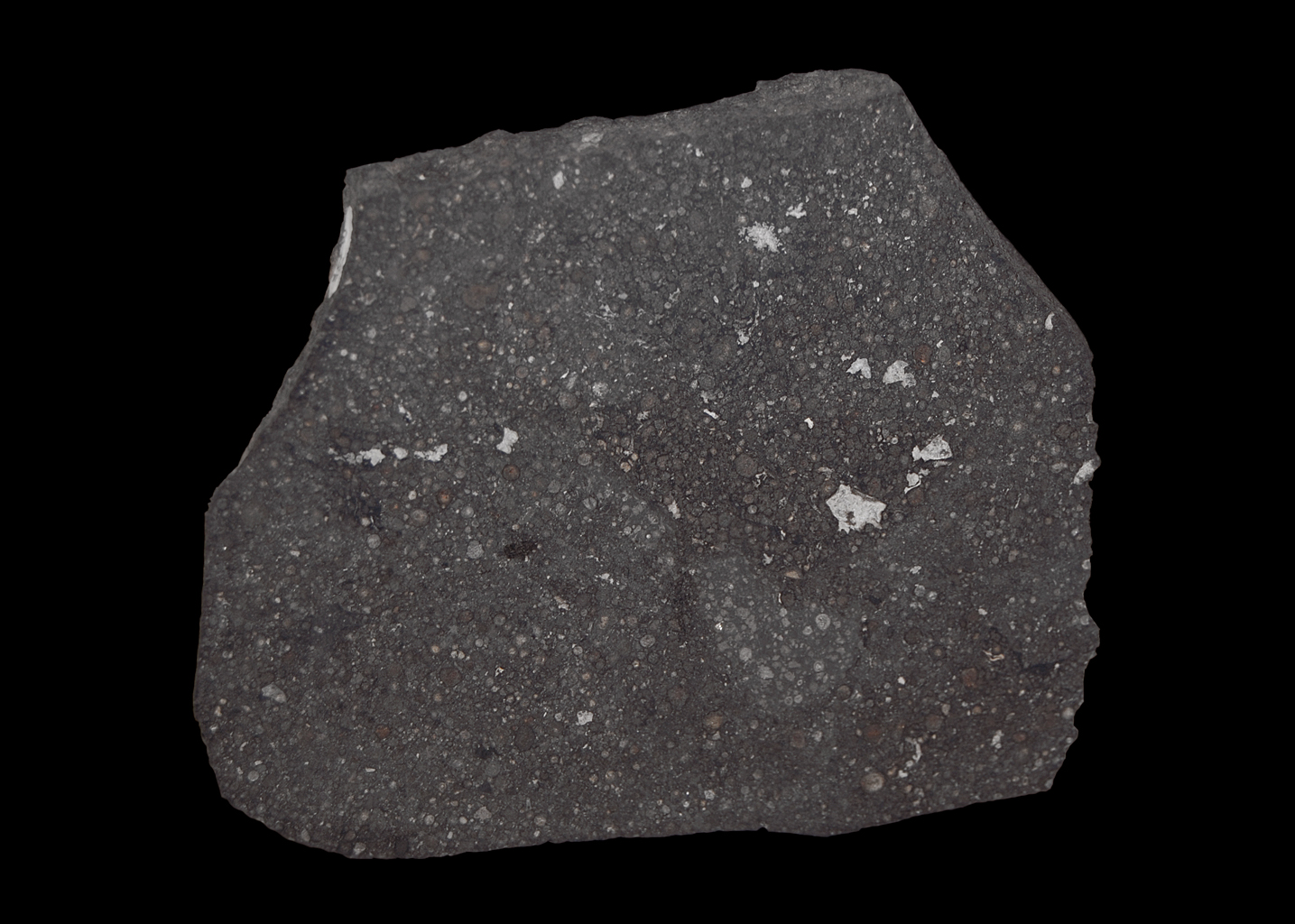
Most meteorites that fall to Earth belong to one of two broad groups – there are rocky ones, and there are metallic ones that were once molten iron. But one puzzling group of meteorites appears to belong to both camps at once....
Image from the paleobear(Wikki Commons)
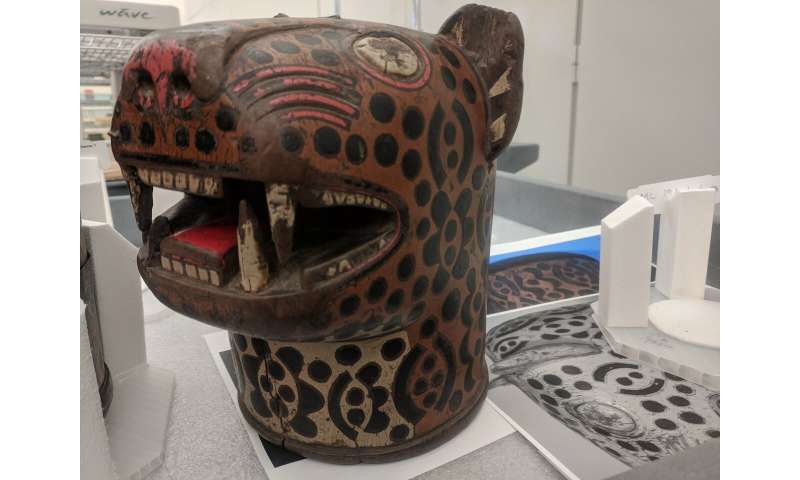
In a study published in the journal Heritage Science, researchers used isotope measurements of lead white pigments in the decorative patterns on 20 colonial qeros to reveal linkages among vessels that were unknown previously.

The topic has been extraordinarily controversial in the scientific and philosophical traditions. Thinkers have spent an immense amount of time and ink trying to unravel mysteries, such as how consciousness works and where it resides.

Potential treatments for severe depression, addiction and other mental health disorders are being held up by excessive restrictions on psilocybin, the active ingredient in magic mushrooms, scientists and politicians have said.

The decision comes after Pickard spent 20 years in prison for conspiracy to manufacture, distribute, and dispense LSD.

The preserved skeleton of a woolly mammoth with elements of its musculature still intact has been discovered by reindeer herders in a lake in northern Siberia, triggering an excavation to recover the body for scientific research.

One of the biggest challenges facing crewed missions to Mars is figuring out how to protect crewmembers from the onslaught of deadly cosmic rays.
Image from Tanenkov.andrey (Wikki Commons)
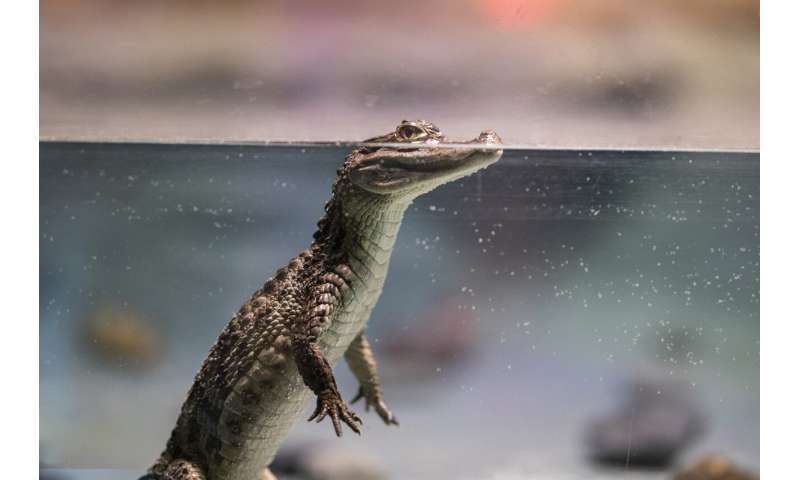
The extinct African crocodile species Crocodylus checchiai may be closely related to American crocodile species alive today, according to a study published in Scientific Reports.

Pentagon consultant makes bombshell revelation to the New York Times.
Image from Edbrown05~commonswiki (Wikki Commons)

Variola virus DNA found in bones of people from Denmark to Russia around the Viking era.
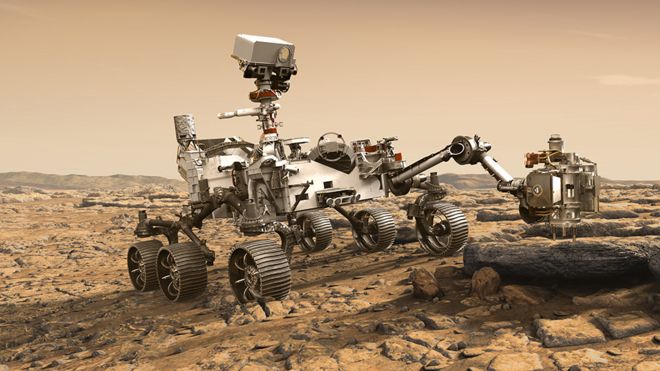
Today, Mars is hostile to life. It's too cold for water to stay liquid on the surface, and the thin atmosphere lets through high levels of radiation, potentially sterilising the upper part of the soil.
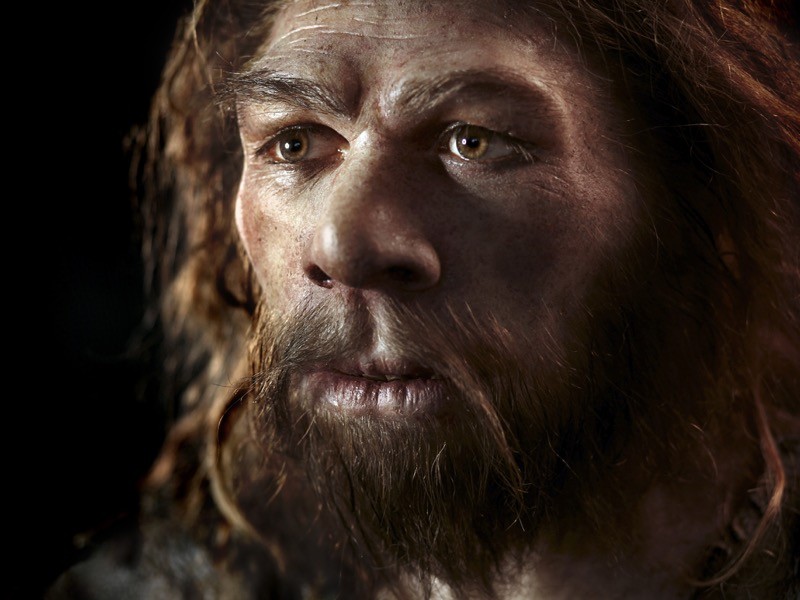
People who have inherited nerve-altering mutations from the ancient hominins tend to experience more pain.
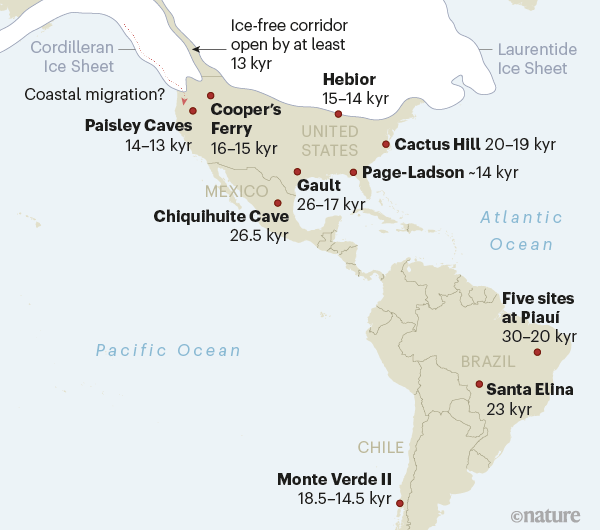
The long-debated timing of the peopling of the Americas comes into focus, thanks to some archaeological findings. What are the implications of a revised timeline for our understanding of these earliest inhabitants?

Lidar technology has revealed a whole new timeline of human occupation across the UK, from prehistoric burial mounds to hidden Roman roads to medieval farmsteads.

A new review from neuroethicist Eddie Jacobs, and published in the Journal of Psychedelic Studies, is suggesting psilocybin may have great potential as a treatment for obsessive-compulsive disorder (OCD).
Image from magic mushrooms (Wikki Commons)

About 42,000 years ago, the foxes in southwest Germany ate reindeer meat leftovers from nearby humans, a German team from the University of Tübingen reports in PLOS ONE. The findings illustrate how humans have been shaping the environment around us for thousands of years, the researchers write.

In 1988, archaeologists from the RAS Institute for the History of Material Culture discovered a unique Scythian burial mound dating from the seventh century B.C. In one of the coffins, they found what was long believed to be the mummified remains of a teenage warrior boy buried with his weapons.
Image from Catalogue des cylindres (Wikki Commons)

The planet is thought to be among hundreds of worlds that have gone missing and now can be discovered once more using new techniques.
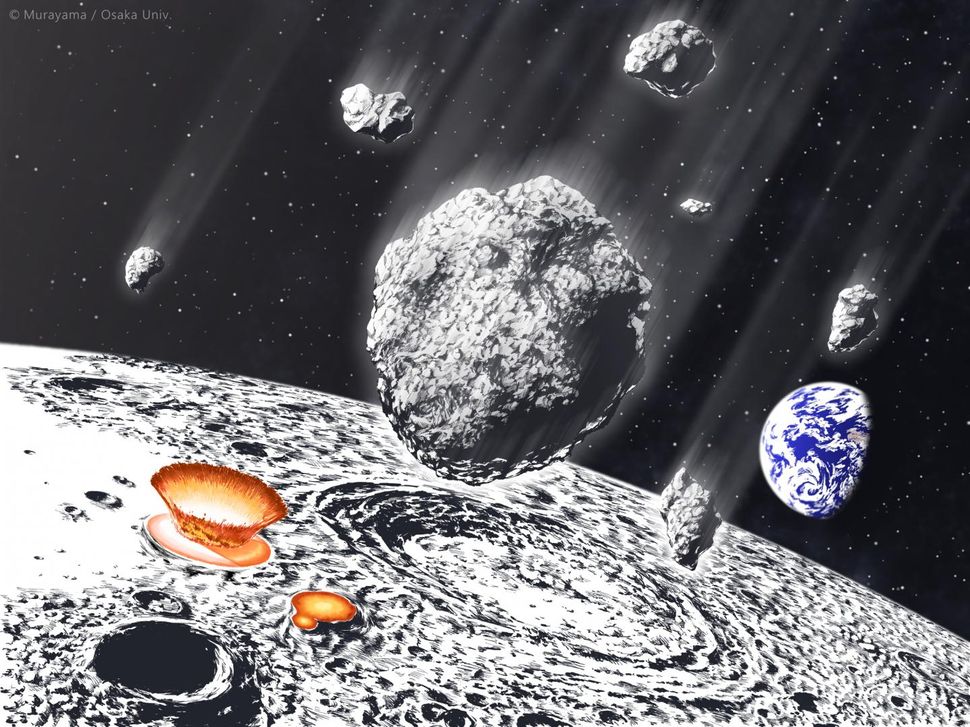
An asteroid shower thought to have struck the moon and Earth 800 million years ago may have helped trigger Earth's greatest ice ages, a new study finds.

This is the result of a 20-year collaboration of several hundred scientists from around 30 different institutions around the world.
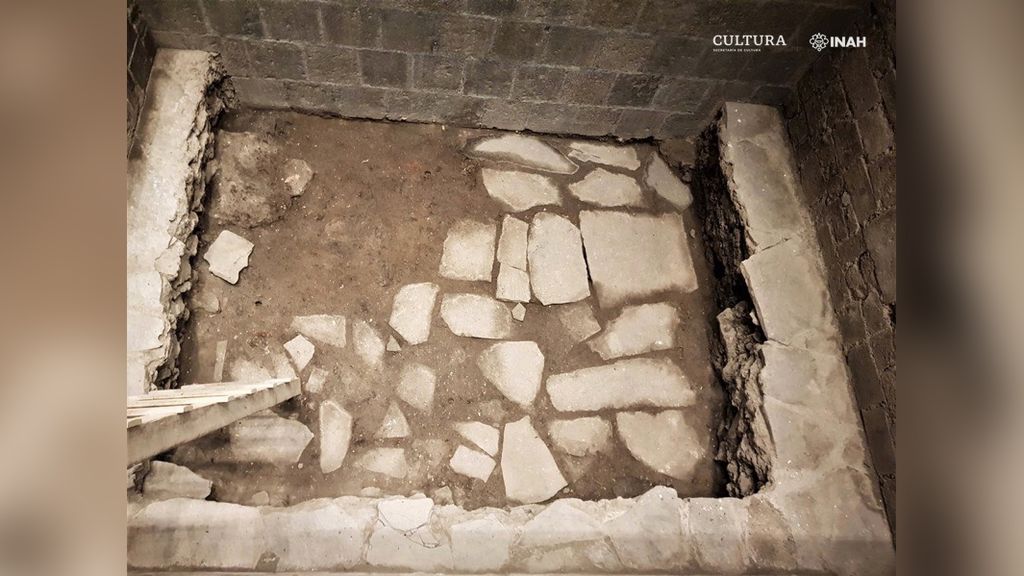
The remains of an Aztec palace where emperor Moctezuma II was held captive by the Spanish and killed in 1520 has been discovered in Mexico City.

Scientists have identified 37 volcanic structures on Venus that appear to have been recently active – and probably still are today – painting the picture of a geologically dynamic planet and not a dormant world as long thought.
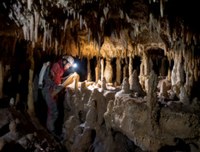
Homo Neanderthaliensis did not become extinct because of changes in climate. At least, this did not happen to the several Neanderthals groups that lived in the western Mediterranean 42,000 years ago.

A team of researchers from Czech University of Life Sciences, Virginia Tech and Barry University has found evidence that suggests dogs may use Earth's magnetic field as a navigational aid.

Ronnie Bell’s prized possessions aren’t the collectible toys or bongs that clutter his ranch-style house. What the 65-year-old values most is his extensive indoor marijuana grow.
Image by Oren neu dag (Wikki Commons)

Western societies tend to see nature and humanity as separate. But are there other ways of relating to the natural world?
Image by Walter Daniel Batley(Wikki Commons)

There’s only one thing to see this week: comet C/2020 F3 Neowise.
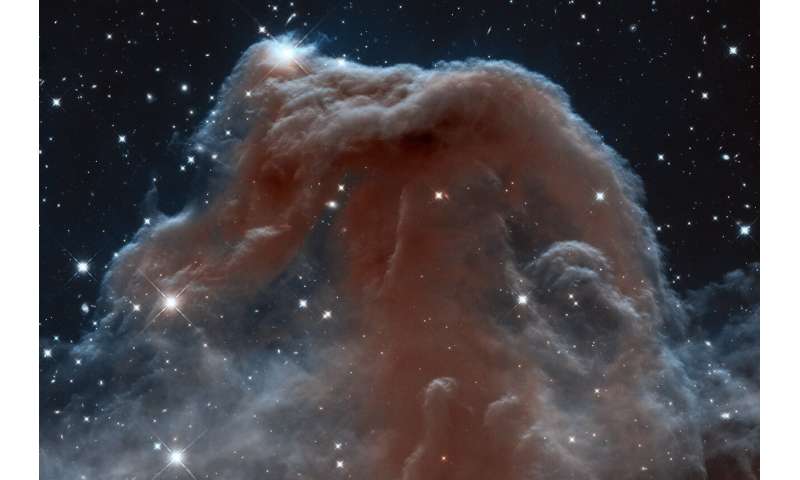
Scientists have found the interstellar organic matter could produce an abundant supply of water by heating, suggesting that organic matter could be the source of terrestrial water.

State-level marijuana policies are rapidly evolving. A majority of the public now believes that marijuana prohibition must come to an end, and a growing number of politicians are similarly calling for alternatives to criminalization.

The 6,200BC cataclysm may have drowned up to a quarter of the population, archaeologists say

Up to one-fifth of Brazil's soya exports to the European Union may be "contaminated" by illegal deforestation, a study has found. Researchers used freely available maps and data to identify the specific farms and ranches clearing forests to produce soya and beef destined for Europe. They found 2% of properties were responsible for 62% of illegal deforestation.

New pictures of the Sun taken just 77 million km (48 million miles) from its surface are the closest ever acquired by cameras.

Ancient Egypt’s first “foreign” takeover may actually have been an inside job.

Google has launched a hieroglyphics translator that uses machine learning to decode ancient Egyptian language.

There are two broad stories about dogs and humans. One is of a deep and meaningful partnership between two species that ensures the survival of both. The other is of scavengers and camp followers that live off our garbage and feed on our corpses in the shadow of war.

A team led by Newcastle University, UK, used analysis of ancient coprolites – fossilised excrement – to identify that samples from one of the most famous ‘pre-Clovis’ sites at Paisley Caves, in Oregon, North America, contained human faecal biomarkers.

A new study from the Center for Psychedelic and Consciousness Research at Johns Hopkins University School of Medicine provides insight into the psychoactive effects that distinguish psilocybin from other hallucinogenic substances.
Image from needpix.com(Wikki Commons)
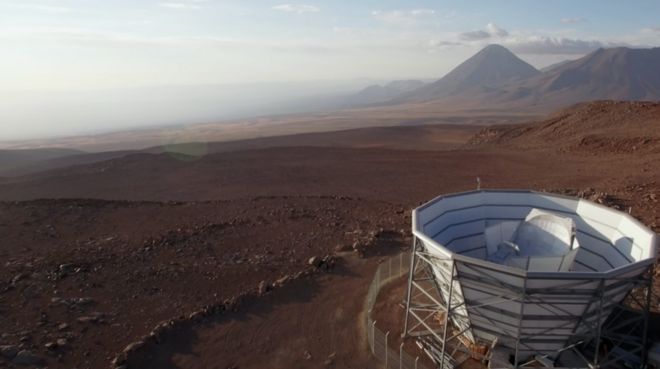
Another telescope has entered the debate about the age and expansion rate of the Universe.
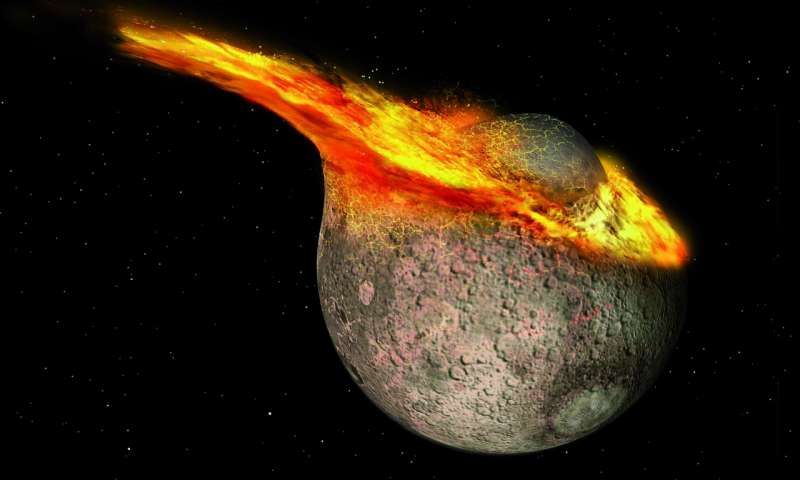
In a new study, researchers at the German Aerospace Center found out that, not only did the moon once have a massive, fiery magma ocean, but our rocky satellite also formed later than scientists previously expected.
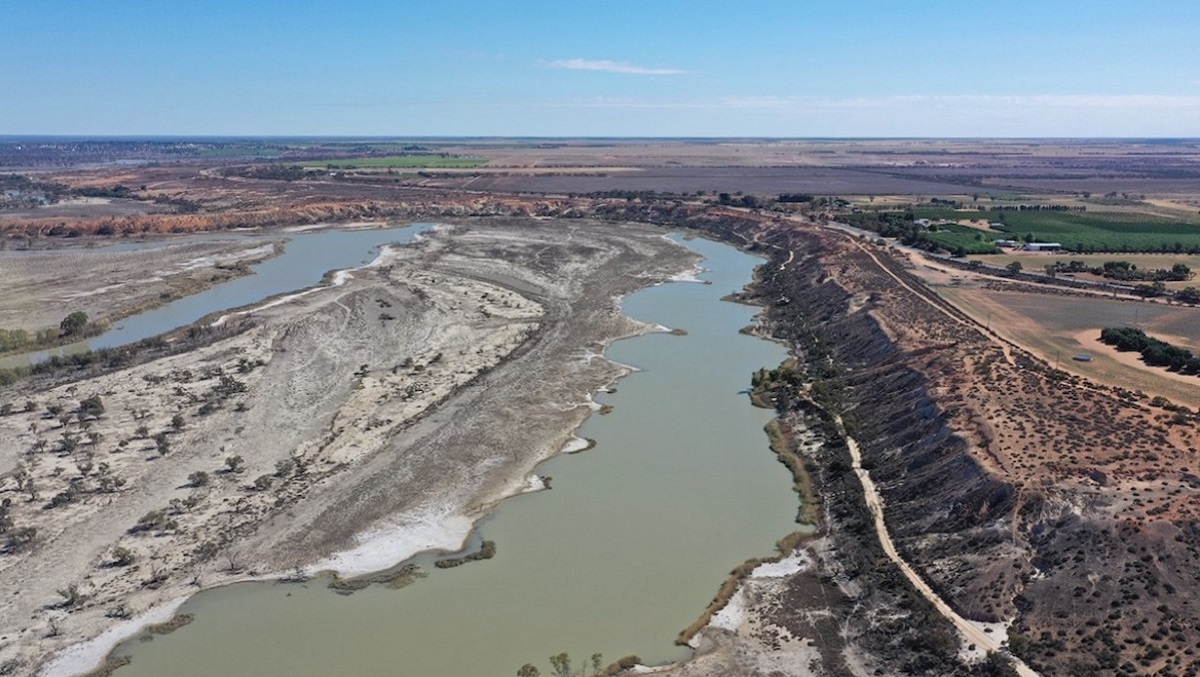
Archaeologists are continuing to unravel the complex history of Australia’s Aboriginal people, the world’s oldest civilisation. A new study shows they have occupied South Australia’s Riverland region for 29,000 years – since before the Last Glacial Maximum – which is 22,000 more than previously thought.
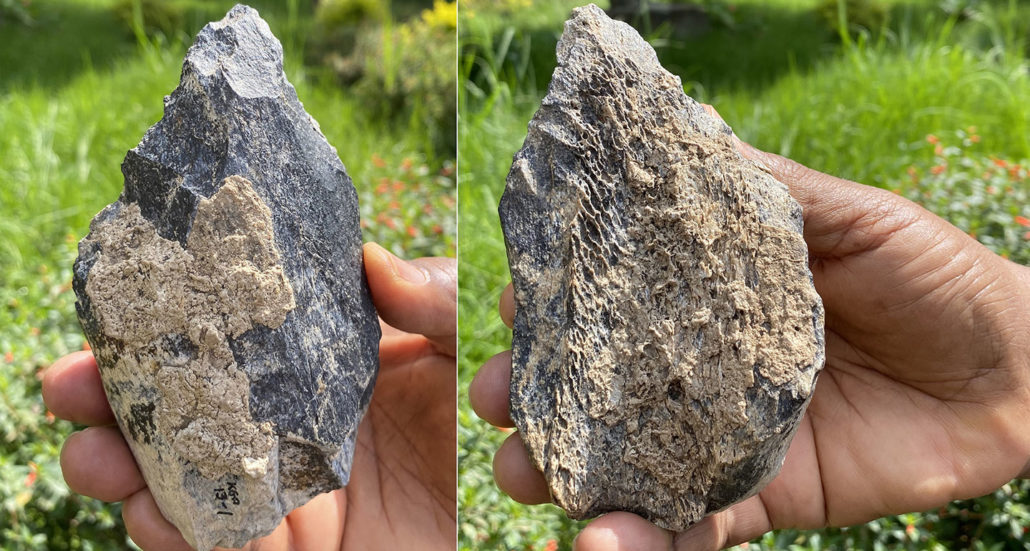
Homo erectus, a possible direct ancestor of people today, crafted a surprisingly cutting-edge tool out of a hippo’s leg bone around 1.4 million years ago, researchers say.

How did the Polynesian peoples come to live on the far-flung islands of the Pacific? The question has intrigued researchers for centuries.
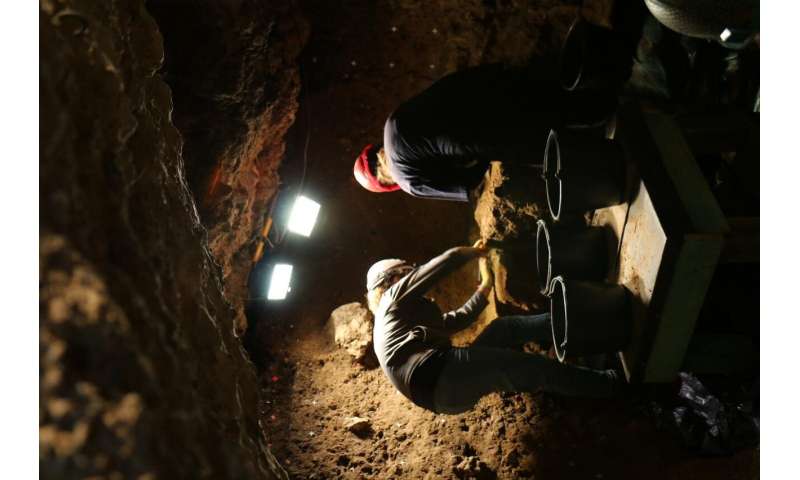
A loner and a hunter with highly developed territorial instincts, a cruel carnivore, a disobedient individual: the cat. These features make the species averse to domestication. Even so, we did it.
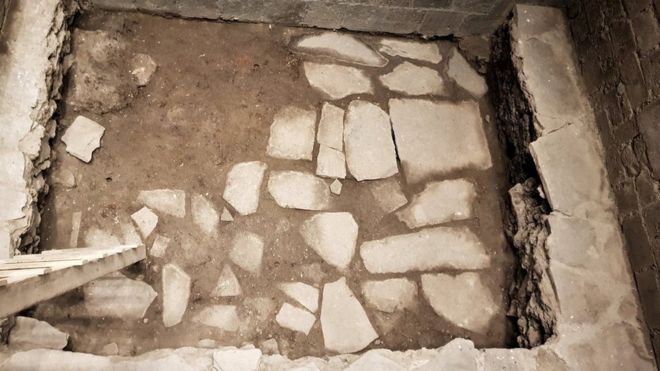
The remains of an ancient Aztec palace have been discovered under a stately building in Mexico City.

Researchers at the Medical University of South Carolina find link between mental imagery and vision using artificial intelligence and human brain studies
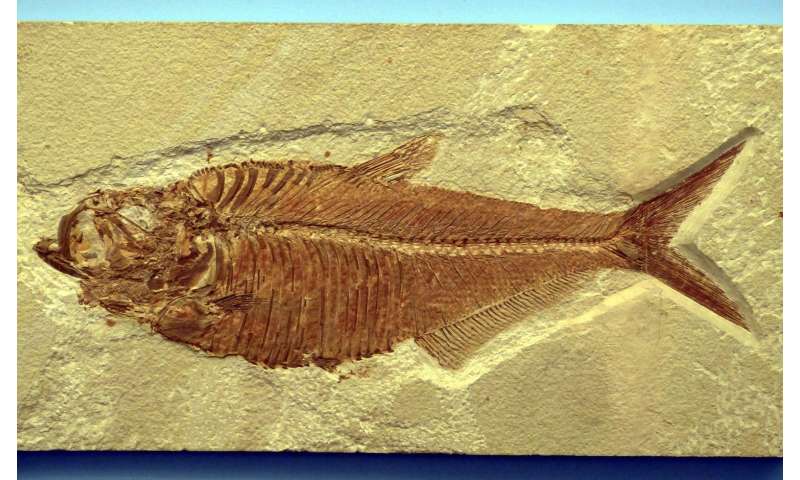
Step aside, skeletons—a new world of biochemical 'signatures' found in all kinds of ancient fossils is revealing itself to paleontologists, providing a new avenue for insights into major evolutionary questions.

In a June 2020 groundbreaking study published in Scientific Reports, neuroscientists provided the first empirical evidence that some people can still hear while in an unresponsive state hours before dying.

The posters started blanketing light posts just a few weeks after the city entered what would be a monthslong stay-at-home order. Vividly colored and bearing a three-headed mushroom, they asked Washingtonians to “reform laws for plant and fungi medicines” by making natural psychedelics “the lowest level police enforcement priority.”
Image by David Bjorgen (Wikki Commons)

Archaeologists at an ancient burial site in Jordan thought one of their team might have sunstroke when he suggested some rough flints he'd found could represent people. But now his discovery could change how scientists think about the Neolithic Near East.

She was the fabled queen of ancient Egypt, immortalised over thousands of years as a beautiful seductress. But, despite her fame, Cleopatra’s tomb is one of the great unsolved mysteries.
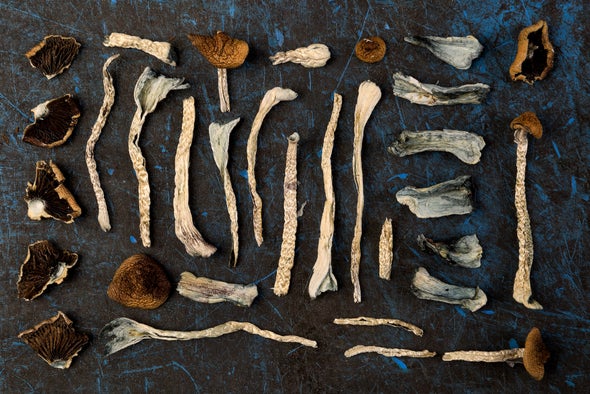
They worked for my depression. Could they be the future of psychiatry?
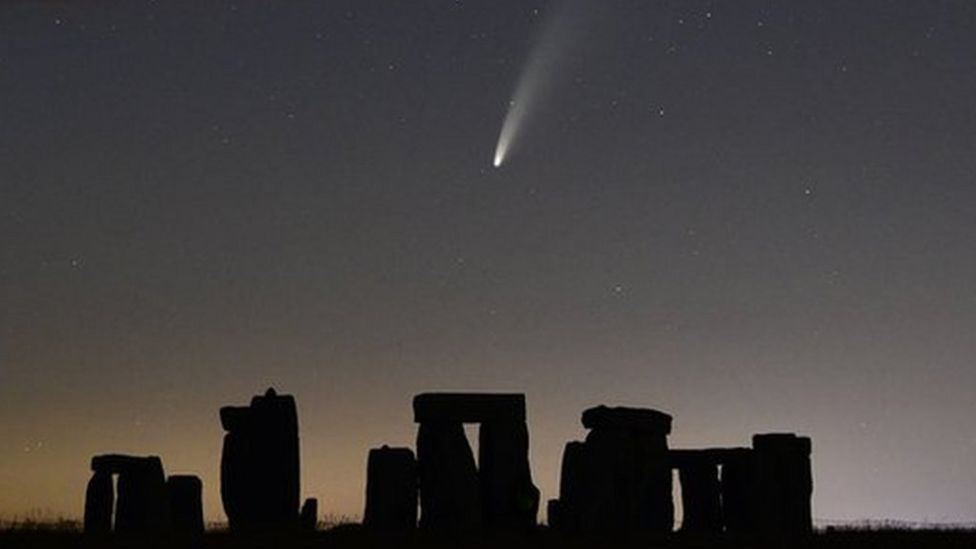
Comet Neowise has been spotted by stargazers across the UK and around the world as it heads past Earth.

The smallest conceivable length of time might be no larger than a millionth of a billionth of a billionth of a billionth of a second.

The soil beneath our feet is alive with electrical signals being sent from one plant to another, according to research in which a University of Alabama in Huntsville (UAH) distinguished professor emeritus in the Department of Electrical and Computer Engineering participated.

In the next few weeks, a flotilla of probes will be blasted into space from launch pads around the world and propelled towards one of the solar system’s most mysterious objects: the planet Mars.

Crouching in the dirt, workers gingerly stripped away layers of sediment with brushes, picks and spatulas, revealing jagged vestiges of a lost world.
Image by ???? (Wikki Commons)

African grey parrots (Psittacus erithacus) can live more than 50 years, memorize dozens of words in English and, if given the chance, outsmart a flock of Harvard students in a classic Shell Game.

In the years leading up to the roaring 2020s, young people were once again dropping acid.
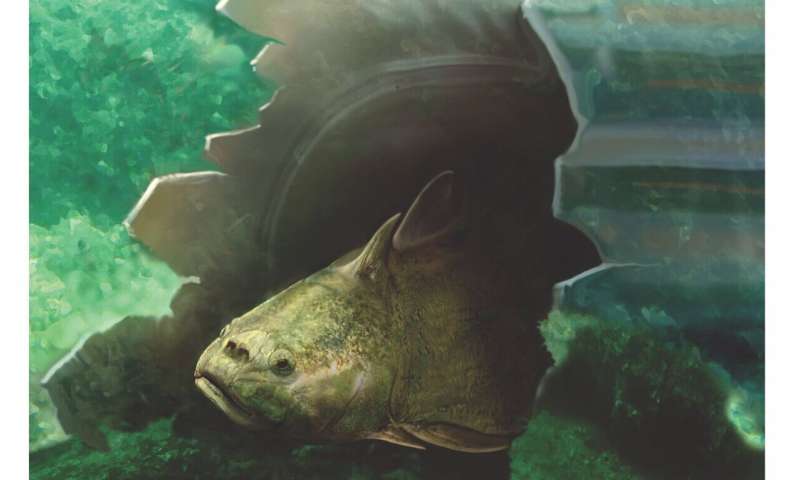
The evolution of human teeth began among ancient armored fishes more than 400 million years ago. In the scientific journal Science, an international team led by researchers from Uppsala University presents groundbreaking findings about these earliest jawed vertebrates.
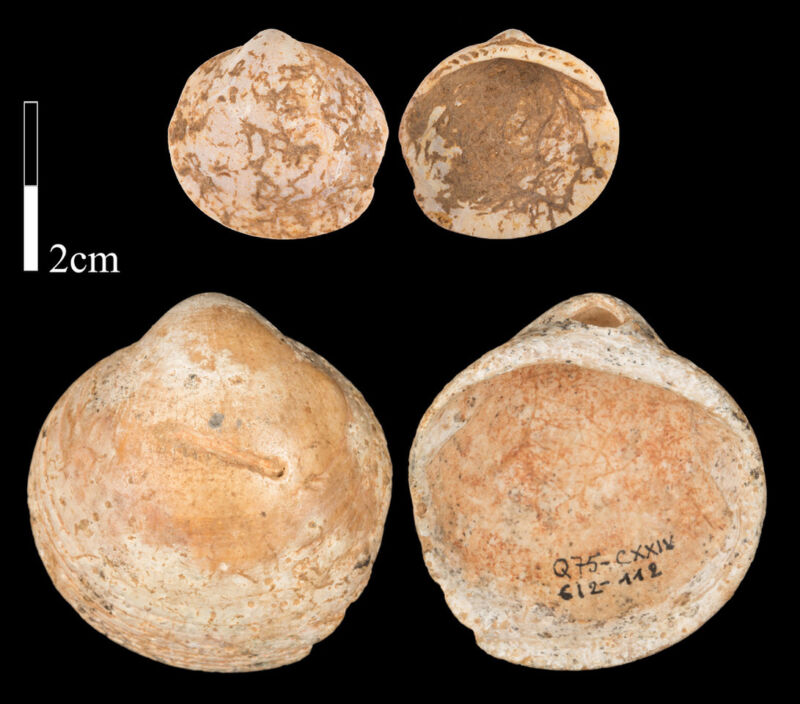
People living on the Israeli coast 120,000 years ago strung ocher-painted seashells on flax string, according to a recent study in which archaeologists examined microscopic traces of wear inside naturally occurring holes in the shells.
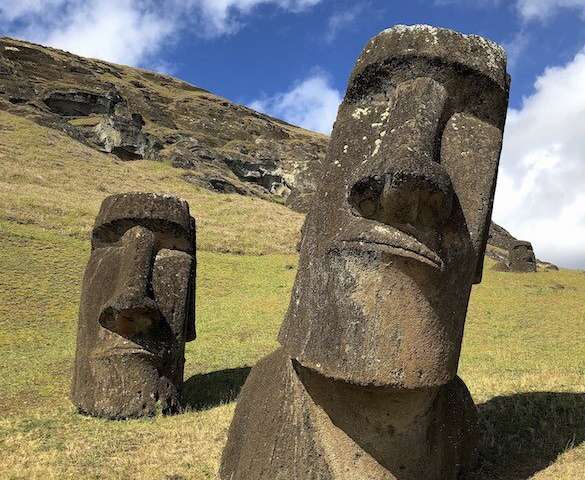
Through deep genetic analyses, Stanford Medicine scientists and their collaborators have found conclusive scientific evidence of contact between ancient Polynesians and Native Americans from the region that is now Colombia—something that's been hotly contested in the historic and archaeological world for decades.

As cities decriminalize psilocybin and other psychedelic drugs, and Oregon moves towards statewide measures, it is time to finally recognize these natural compounds for what they are — medicine.

Hemp could be a vital lifeline for bee populations struggling in nutrient scarce environments and can support at least 16 different species of bees, according to a recent study.

Language can be a major source of historical knowledge. Words can tell stories about their speakers even if there is no material evidence...
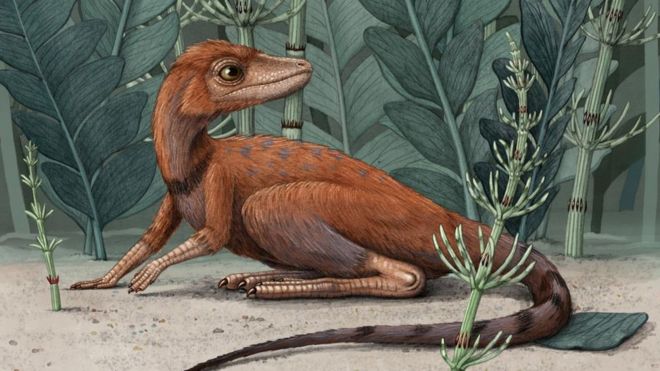
Dinosaurs are often thought of as giant creatures, but new research adds to evidence they started out small.
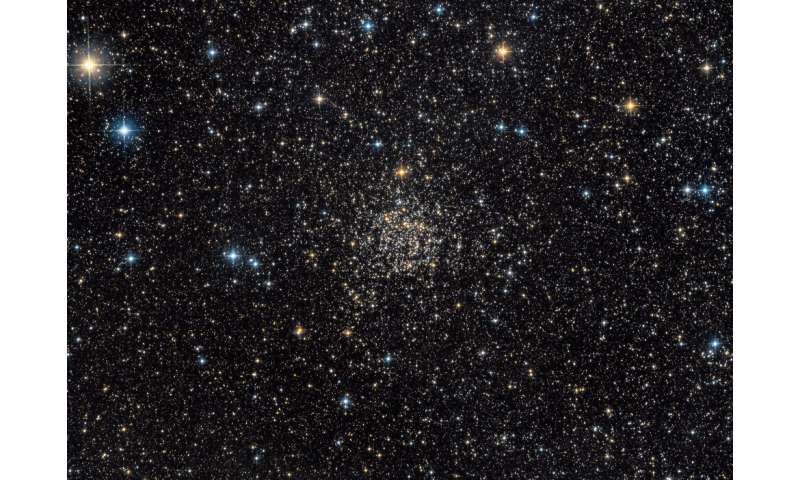
Findings from a study published today in Nature Astronomy show that the final breaths of these dying stars, called white dwarfs, shed light on carbon's origin in the Milky Way.

Oscar Nilsson uses high-tech tools—such as 3D printing and DNA analysis—to refine his reconstructions of ancient humans’ faces.
Image from en:Anatomography (Wikki Commons)

New research on Turkana Boy, the most complete fossil skeleton of a human ancestor ever found, is changing our understanding of the species Homo erectus

Michael was nearly 60 when he took LSD for the first time, and some time later he smoked the venom of the Sonoran Desert toad.
Image by Max Meyers (Wikki Commons)
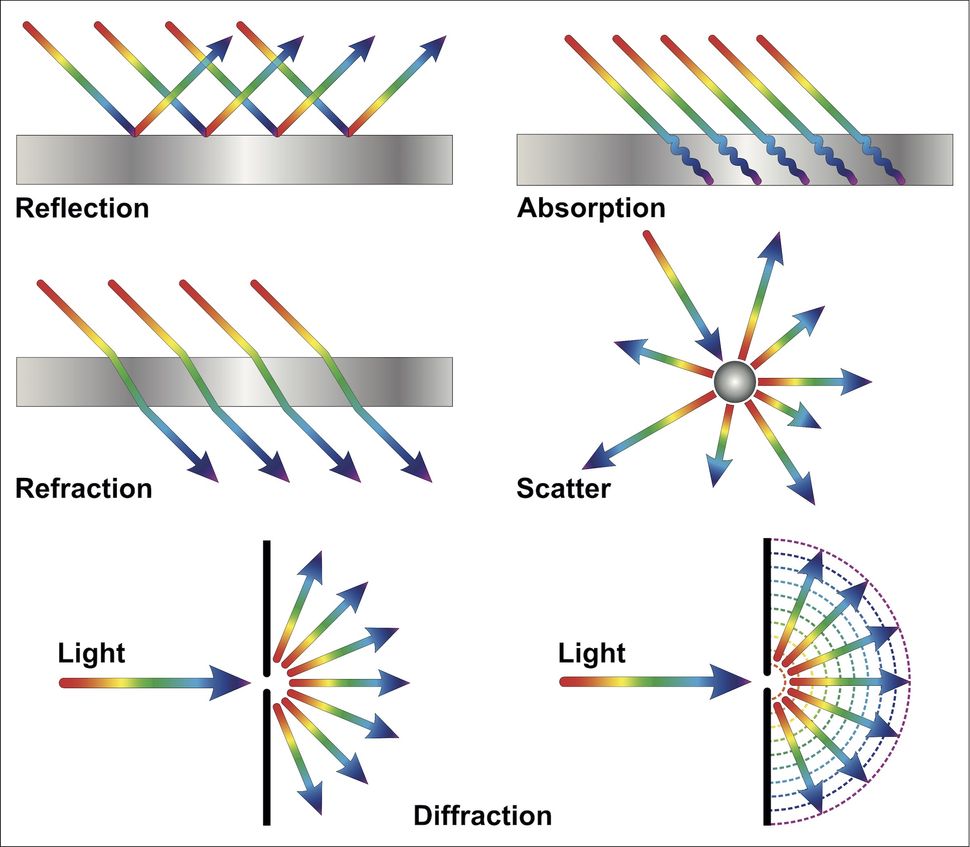
Fiery rose and peach sunset skies are a unique perk of our home on Earth. But what colors appear when the sun sets on other planets in the solar system?

Let's turn back time. Before extinction knocked dinosaurs off their pillar, before the "Great Dying" extinction wiped out 95% of all organisms—we had the Paleozoic Era.
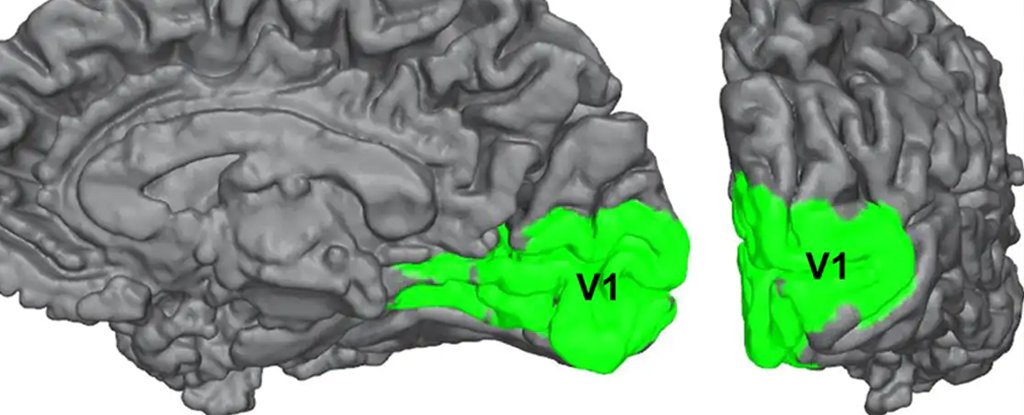
Imagine being completely blind but still being able to see. Does that sound impossible? Well, it happens.
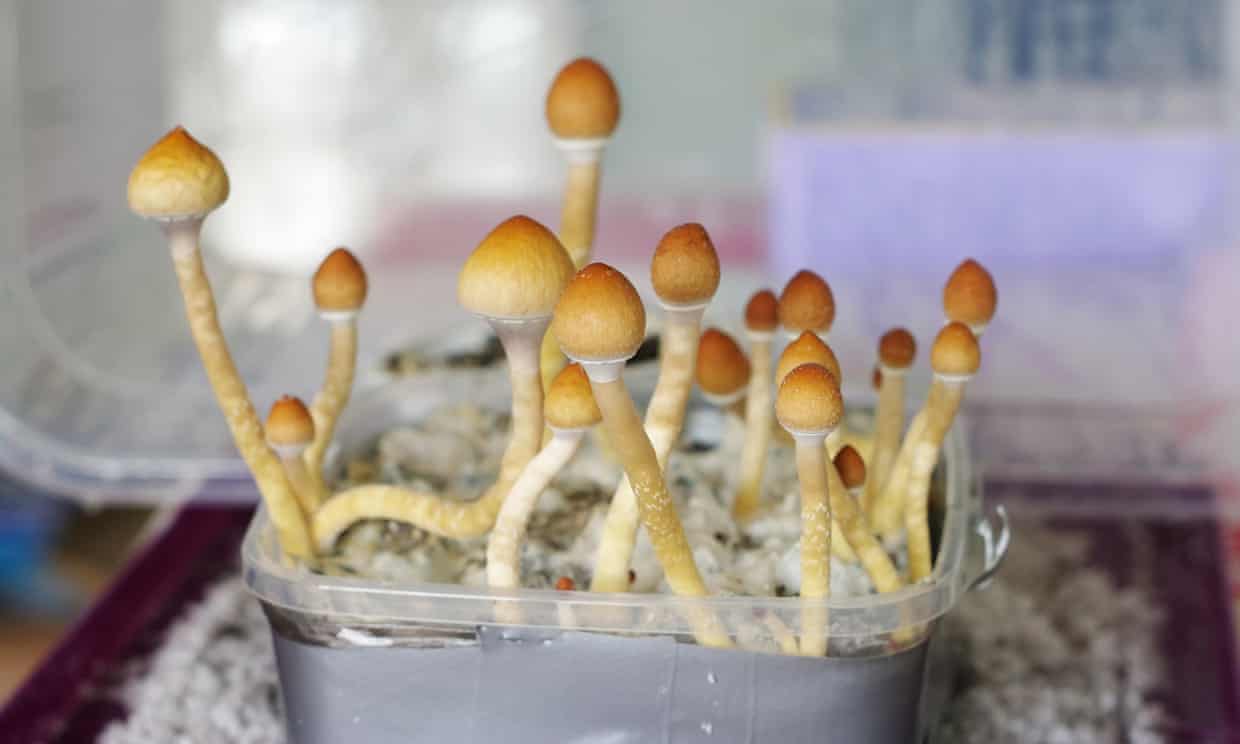
A growing number of soldiers suffering from post-traumatic stress disorder are turning to “magic mushrooms” and LSD to treat their condition. But drug laws make it almost impossible to establish whether they work.

The ancient site, preserved like a time capsule deep in a Mexican cave system, gives a rare glimpse into the lives and actions of some of the first residents of the Americas.
Image by Ryan Cantey (Wikki Commons)

TheraPsil, a B.C.-based non-profit coalition that has been helping terminally ill Canadians apply for drug exemptions to pursue psilocybin therapy, is expanding their strategy.

From elaborate burials to family affairs, new DNA analysis suggests that Irish kings may have had more in common with their Egyptian counterparts.

The effort could shed light on the timing of the asteroid or comet impact that gouged the Hiawatha crater, a 31-kilometer scar hidden under the ice, sometime within the past 3 million years. Some scientists think the event was recent and the trigger for a bout of global cooling 13,000 years ago known as the “Younger Dryas.”

A recent study revealed a connection between regular DMT use and belief in a higher power – four people discuss their newfound faith.

The first underwater Aboriginal archeological sites have been discovered off northwest Australia dating back thousands of years ago when the current seabed was dry land.
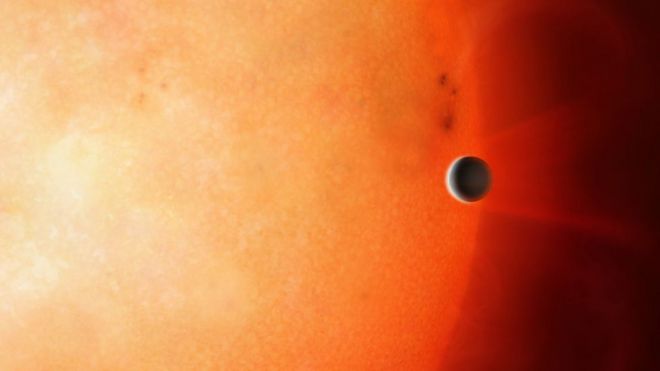
Astronomers have found a previously unseen type of object circling a distant star. It could be the core of a gas world like Jupiter, offering an unprecedented glimpse inside one of these giant planets.
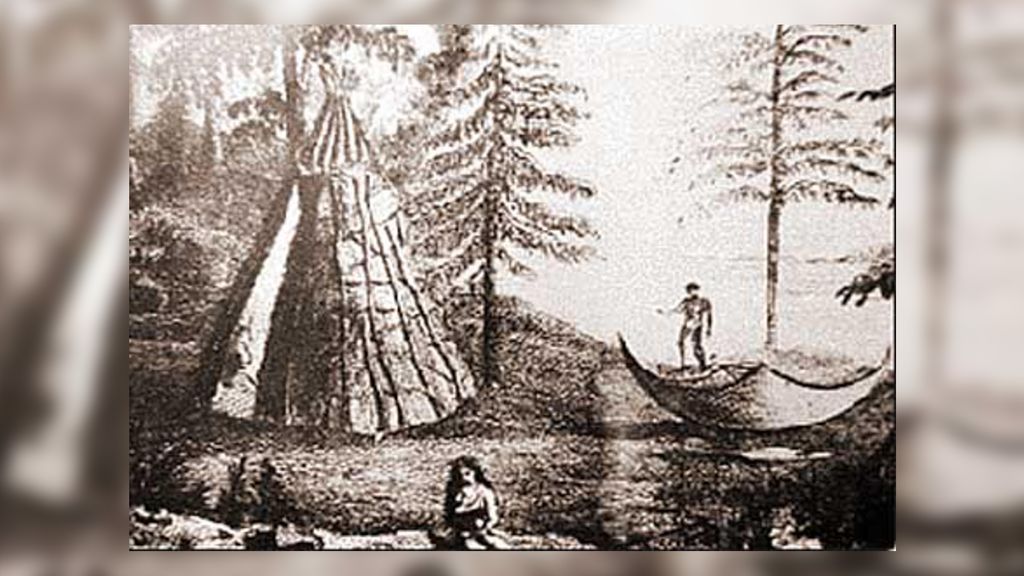
The last known members of the Indigenous Beothuk people of Newfoundland were thought to have died out 200 years ago. But genes from these people have been found in a man living in Tennessee today, researchers reported.

The space agency gathered 425 million high-resolution images of the sun, which have now been stitched together to form the video.

A push to legalize the use of psychedelic mushrooms in therapeutic settings is one step closer to appearing on the Oregon ballot in November, The Oregonian reported.

Some think Homo erectus and its ilk dined chiefly on plants like latter-day hunter-gatherers. Israeli archaeologists argue that if they did, it wasn’t by choice.

Thousands of artefacts encased in centuries of concrete-like deposits – ranging from Roman antiquities to the contents of a 280-year-old shipwreck – are to have their secrets revealed by a state-of-the-art X-ray system.

A 66m-year-old murder mystery has finally been solved, researchers say, revealing an enormous asteroid struck the killer blow for the dinosaurs.

Scientists think a planet larger than Earth lurks in the far reaches of the solar system. Now a new telescope could confirm their belief and change solar system science.

Black holes aren't supposed to make flashes of light. It's right there in the name: black holes.

Betelgeuse, the bright star in the constellation of Orion, has been fascinating astronomers in the recent months because of its unusually strong decline in brightness




